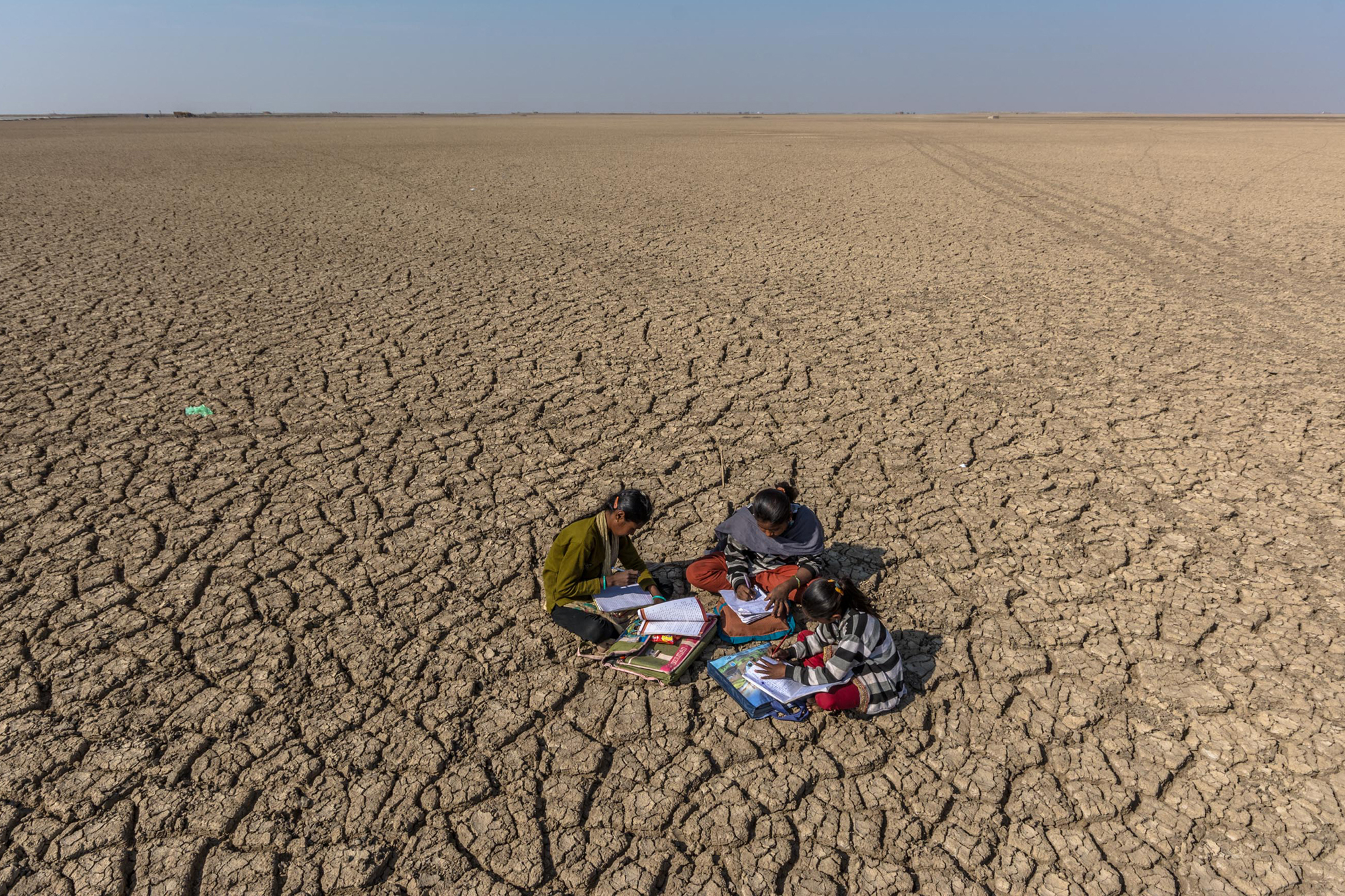Supporting exploration of a key element of results-based protection, InterAction hosted a webinar to unpack how a diversity of actors are conducting continuous context-specific analysis of risk as a basis for strategy development, program design, management of security risks, and program implementation.
This webinar discussion engaged practitioners from the security, protection, and peacebuilding spheres to explore how they monitor the components of risk (threat, vulnerability, capacity) on a continuous basis to help contextualize interventions and adapt responses in real time. The webinar examined different tools and methods used by these actors, how they track and continuously analyze the changes in specific risk patterns and situational dynamics, and how this analysis informs operational decision-making and organizational strategies.
The following panelists were invited to speak to their organization’s approach to analysis, touching on key themes of participatory methods and tools for conducting continuous context-specific analysis, use of analysis to inform strategy and adaptive management, and resources and capacities required to conduct continuous analysis.
- Nic Lee, Executive Director, International NGO Safety Organization (INSO)
- introduced INSO’s approach to real-time analysis of conflict dynamics
- Hani Mansourian, Coordinator, Alliance for Child Protection in Humanitarian Action
- introduced the Situation and Response Monitoring Toolkit[ii]
- Tyler Rundel, Global Analyst, Action Against Hunger (ACF)
- introduced ACF’s Analysis Toolkit and the Interagency Regional Analyst Network (IARAN)
- Joseph Bubman, Acting Peace and Conflict Director, Mercy Corps
- introduced the Context, Conflict, and “Do No Harm” Analysis tool and Seven Elements Preparation Tool for Negotiations with Armed Groups
- Adelicia Fairbanks, Research Advisor, European Interagency Security Forum (EISF)
- introduced EISF’s security network sharing mechanisms

Photo By: Prabha Jayeshpatel is licensed under the CC BY-NC 4.0 license.
Some key discussion points raised relevant to results-based protection include:
Building analysis from the perspective of affected people: From design of methodology to data collection to interpreting data there is room for participation from affected communities. Through community-based primary data collection, the Situation and Response Monitoring toolkit engaged individuals in the community who serve a protective role as the ones who provide data or analysis, which is then validated in the analysis phase where local organizations and community members interpret what the data actually means. This approach can ensure that a response is grounded in the experience of people affected and continuous feedback promotes relationship building and iterative adaptation.
Disaggregating risk patterns: Disaggregating risk patterns based on sex, age, gender, ethnicity, political affiliation, religion, disability, economic status, and other demographic characteristics is important to understanding who is exposed to threat and what their vulnerabilities and capacities are. Moreover, this disaggregated analysis should be considered with respect to systems to better understand threats, vulnerabilities, and capacities. By analyzing the context, grievance, resilience capacities, key mobilizers, and trends and triggers to the conflict across political, economic, ecological, and social spheres — considering the perspective of men, women, young males, young females, and people with special needs (elderly, children, disabled, sick, families at risk, etc.) – Mercy Corps’ was able to analyze the conflict and explore the possible impact of an intervention to help people (disaggregated by sex and age) within those context and conflict dynamics.
Opportunities for Collaboration: From the onset, organizations should identify mechanisms for information sharing that already exist, to avoid introducing parallel structures, understand existing data and information, and identify which stakeholders have expertise and leverage points that can be employed to tackle reducing risk. Through consulting with other stakeholders from the design phase, the Situation and Response Monitoring project was able to generate buy-in early on, allowing stakeholders to feel a part of the process enabling a receptive environment to joint analysis. Reporting procedures should be designed in a way that avoids blaming and shaming actors, which may dissuade actors from participating. Both INSO and EISF stressed that while it is important to look for opportunities to share information with other actors and disciplines to collectively reduce risk, data privacy standards should be respected to ensure that information shared upholds the rights of respondents.
Reflection: Regular reflection within the organization (informed by communities) can not only help organizations understand the changing nature of the threat environment and the shifting vulnerabilities and capacities of those affected, but it can also mitigate inadvertent effects of the response which may escalate the threat or introduce new problems. Mercy Corps’ Context, Conflict, and “Do No Harm” Analysis tool enabled organizations to frequently revisit key questions to understand what effects (intended or unintended) their programming was having.
Resources Required for Continuous Analysis: Providing quality analysis (on a fixed or continuous basis) requires time, capacity, financial commitment, and organizational support. ACF offered insight from the IARAN operating model, designed to create an analytical capacity in humanitarian organizations to drive strategic foresight for the sector, to understand what is required to support quality analysis. Some key points include: the need for organizations to dedicate staff for analysis, building analysis into the design and resource mobilization phase of the project cycle, and having a receptive culture to iterating and using the data to serve strategic and operational needs.